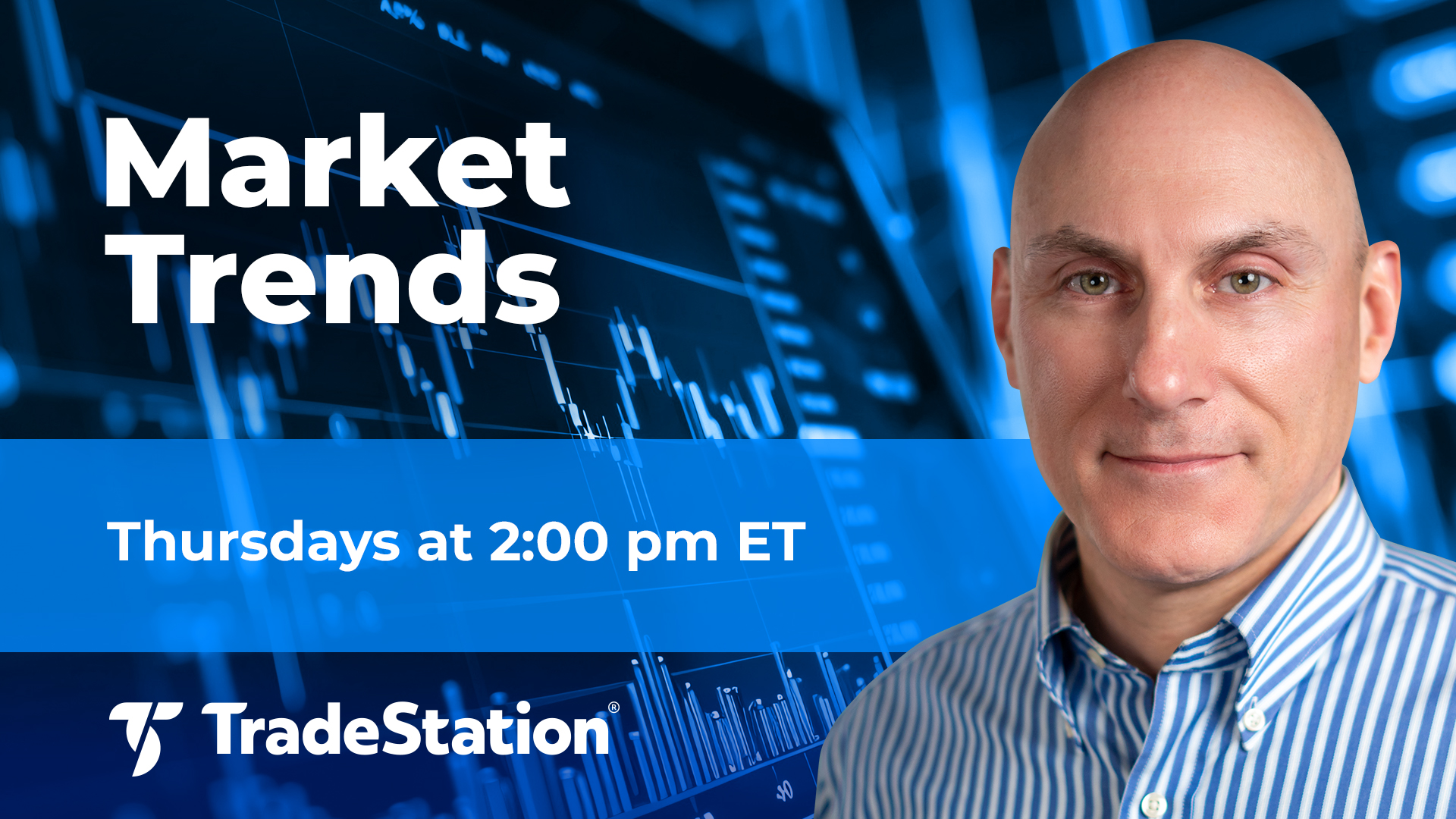Market Insights
Opportunity knocks for those with trading in their DNA.
Curiosity creates opportunity. Insights create strategy. Born traders create their destiny.
Stocks
Options
Futures

What’s Performing as Megacaps Lag?
by David Russell | May 8, 2025
Downloads are available here. TradeStation’s ideas on TradingView are available here. Check out our next “State of the Market,” on Monday, 5/12. Sizing Up the Market S&P 500 consolidates in April 2 range of 5571-5695 Price remains above 10-, 50-day moving average...
Chart of the Day: Is Tesla Running Out of Road?
by David Russell | May 6, 2025
Tesla has been rangebound for the last two months, and some traders may think it’s running out of road. The first pattern on today’s chart is the March high of $291.85. The EV maker peaked around the same level in late April and remains stuck there again in early May....
Enabling Chart Trading in Chart Analysis with OCO Orders
by TradeStation | May 6, 2025
Placing and Managing Trades Directly from the Chart TradeStation’s chart trading feature lets you interact directly with the market by placing and managing orders right from your chart window. Once enabled, you can place single or multi-leg orders by clicking the...
Stocks Relieved on Hopes of U.S.-China Tariff Talks
by David Russell | May 5, 2025
Stocks are rebounding on hopes the U.S. will reduce tariffs after China showed willingness to discuss trade. Canadian talks are also coming.
What Is Event Risk? Why Does It Matter? How Can it Be Managed?
by David Russell | May 4, 2025
Investors face several kinds of risk in the stock market. Today we'll consider one of the most common: event risk. While some events are unexpected, many are known. Stocks often move around certain occurrences, like earnings reports, Federal Reserve meetings or...
Strategies for Managing Risk With Options
by David Russell | May 4, 2025
Options can be risky because they're complex and typically expire worthless. However they can also help investors limit risk when used correctly. This post will consider four strategies that can reduce losses and enhance gains for ordinary investors. Bullish Call...
Understanding and Managing Sector Risk in Your Portfolio
by David Russell | May 4, 2025
Investors face many potential risks in the stock market. Today we'll focus on the important issue of sector risk. Sectors are broad categories of companies like technology, health care and financials. Because their businesses are often similar, companies in the same...
Top Stocks for Options Trading
Technology & Communication

Chart of the Day: Is Tesla Running Out of Road?
by David Russell | May 6, 2025
Tesla has been rangebound for the last two months, and some traders may think it’s running out of road. The first pattern on today’s chart is the March high of $291.85. The EV maker peaked around the same level in late April and remains stuck there again in early May....
Can Earnings Break Chip Stock’s Downtrend?
by David Russell | Apr 30, 2025
Advanced Micro Devices reports earnings next week, and options traders are bracing for a move.

Earnings From Big Tech Stocks Begin This Week
by David Russell | Apr 23, 2025
(Access the webinar slides.) First-quarter earnings season has begun with stocks facing unprecedented uncertainty because of tariffs. Major financials reported first, and attention will soon turn to large growth companies like Microsoft (MSFT), Apple (AAPL) and Meta...

Chart of the Day: CrowdStrike Is in a Small Club
by David Russell | Apr 11, 2025
The broader market has been tumbling for months, but CrowdStrike has stood its ground. The first pattern on today’s chart is the March 10 low of $303.79. While the Nasdaq-100 has revisited levels from over a year ago, CRWD has held lows from a month prior. Support at...

Options Alert: Record Volume in Tech Stock
by David Russell | Apr 8, 2025
Teradyne has been plunging for almost a year, and yesterday it had record options volume. A single large transaction accounted for most of the activity in the company, which supplies testing equipment for semiconductors and robotics: Some 29,383 June 70 puts traded...




